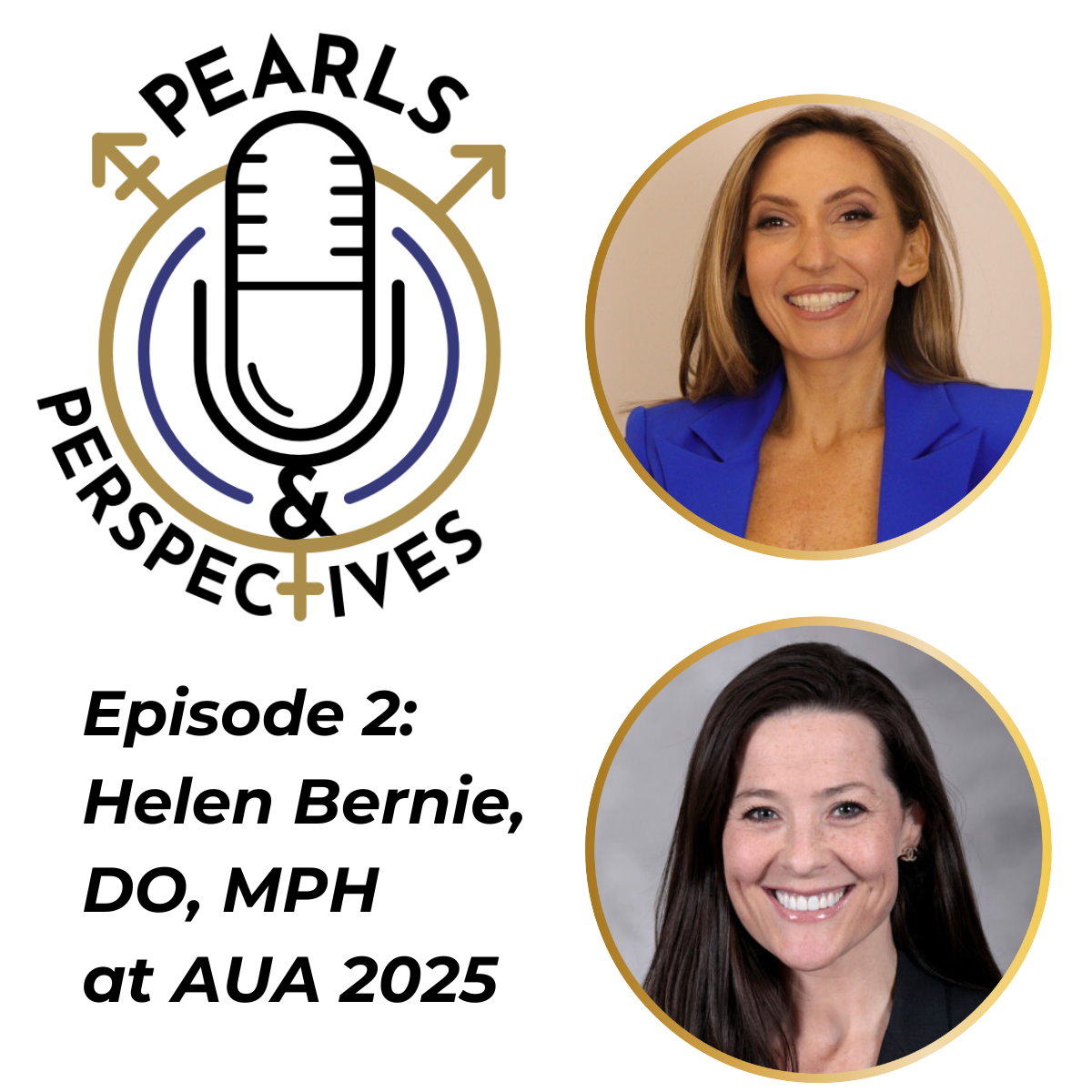News
Article
Payment rate, CPT code established for Unfold AI in prostate cancer
Author(s):
"Receiving the new CPT code and national payment rate for Unfold AI is an important development in making advanced personalized prostate cancer care accessible to more patients," said Brit Berry-Pusey, PhD.
The Centers for Medicare & Medicaid Services (CMS) have established a national payment rate for Unfold AI, an artificial intelligence (AI)-powered mapping technology for use in the diagnosis of prostate cancer, according to a news release from Avenda Health, the developer of the technology.1
The negative margin rate was 72.8% with the assistance of Unfold AI vs 1.6% with SOC.

Additionally, the American Medical Association (AMA) recently granted a category III Current Procedural Terminology (CPT) code to facilitate reimbursement of services related to the use of Unfold AI. The code, 0898T, became effective on July 1, 2024.
"Receiving the new CPT code and national payment rate for Unfold AI is an important development in making advanced personalized prostate cancer care accessible to more patients," said Brit Berry-Pusey, PhD, COO for Avenda Health, in the news release.1 "This recognition by the AMA and CMS validates the transformative potential of our technology in improving diagnostic accuracy and patient outcomes."
Unfold AI utilizes advanced analysis of image-guided fusion biopsy and pathology to derive estimation maps to determine the extent of prostate cancer. According to Avenda Health, “This includes visualization of tumor margins, margin determination, and physician interpretation and reporting.”
Data on Unfold AI
A study conducted by investigators at the University of California, Los Angeles and recently published in the Journal of Urology demonstrated the ability of Unfold AI to reduce underestimation of the extent of prostate cancer compared with standard of care (SOC) methods for tumor delineation.2
Overall, data from the study showed that the balanced accuracy (average of the voxel-wise sensitivity and specificity) with Unfold AI assistance was superior to that of other methods of tumor delineation, with a rate of 84.7% with the AI tool compared with 67.2% with cognitively-defined contours (SOC) and 79.5% with hemigland contours (P < .0001). The balanced accuracy of urologists (n = 7) was 68.0% using SOC and 84.6% using the AI-assisted contours. Similarly, the balanced accuracy of radiologists was 65.4% with SOC and 85.0% with the AI-assisted contours.
The AI-assisted contours also showed a greater sensitivity vs SOC and a greater specificity vs hemigland contours. Specifically, the mean sensitivity with the AI tool was 97.4% compared with 38.2% with SOC (P < .001), and the mean specificity was 72.1% with the AI tool compared with 53.4% with hemigland contours (P < .001).
Further, the negative margin rate was 72.8% with the assistance of Unfold AI vs 1.6% with SOC (P < .001), translating to a 45-fold increase in accurately identifying cancer extent with the AI tool. The negative margin rate with hemigland contours (86.0%) was greater compared with that of Unfold AI (72.8%), but the difference failed to achieve statistical significance (P = .7).
In total, the study included 50 prostatectomy cases that were eligible for focal therapy from 2011 to 2016. Performance comparisons were made between SOC (n = 10 readers), AI-assisted (n = 10 readers), and hemigland cancer contours. Ten physician readers were recruited across 5 institutions, making up both urologists (n = 7) and radiologists (n = 3) with a broad range of clinical oncology experience (mean, 9 years; range, 2-23 years). Each reader reviewed each case in the study, first defining cancer contours cognitively, and then again with AI software after 4 or more weeks following the first evaluation.
The primary outcome measures were the accuracy and negative margin rate of cancer contours.
Overall, the authors concluded, “This technology can potentially improve outcomes, as accurate contouring informs patient management strategy and underpins the oncologic efficacy of treatment.”
References
1. CMS establishes national payment for AI breakthrough in prostate cancer diagnosis, Unfold AI. News release. Avenda Health. Published online and accessed July 25, 2024. https://www.prnewswire.com/news-releases/cms-establishes-national-payment-for-ai-breakthrough-in-prostate-cancer-diagnosis-unfold-ai-302206191.html
2. Mota SM, Priester A, Shubert J, et al. Artificial intelligence improves the ability of physicians to identify prostate cancer extent. J Urol. 2024 Jul;212(1):52-62. doi:10.1097/JU.0000000000003960

















